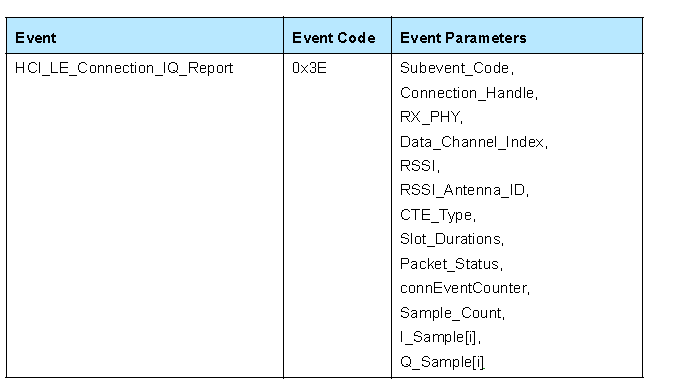Hi ,
still regarding the AoA subject.
1. accroding this diagram . if the switching time is fixed at 2 us. and 2us for sampling time . base on the 4M S/s. can only sample 4*2 IQs. but accutally we can get 16 IQs per 4us. can you help explain ?
2. how can i open the above function event. so that i can count the timing of each IQ sample【i】?
pls answer ASAP. i have spend over 2 months on researching this IQ's related to different antenna's phase difference ...no further progress.
thanks
Leison



